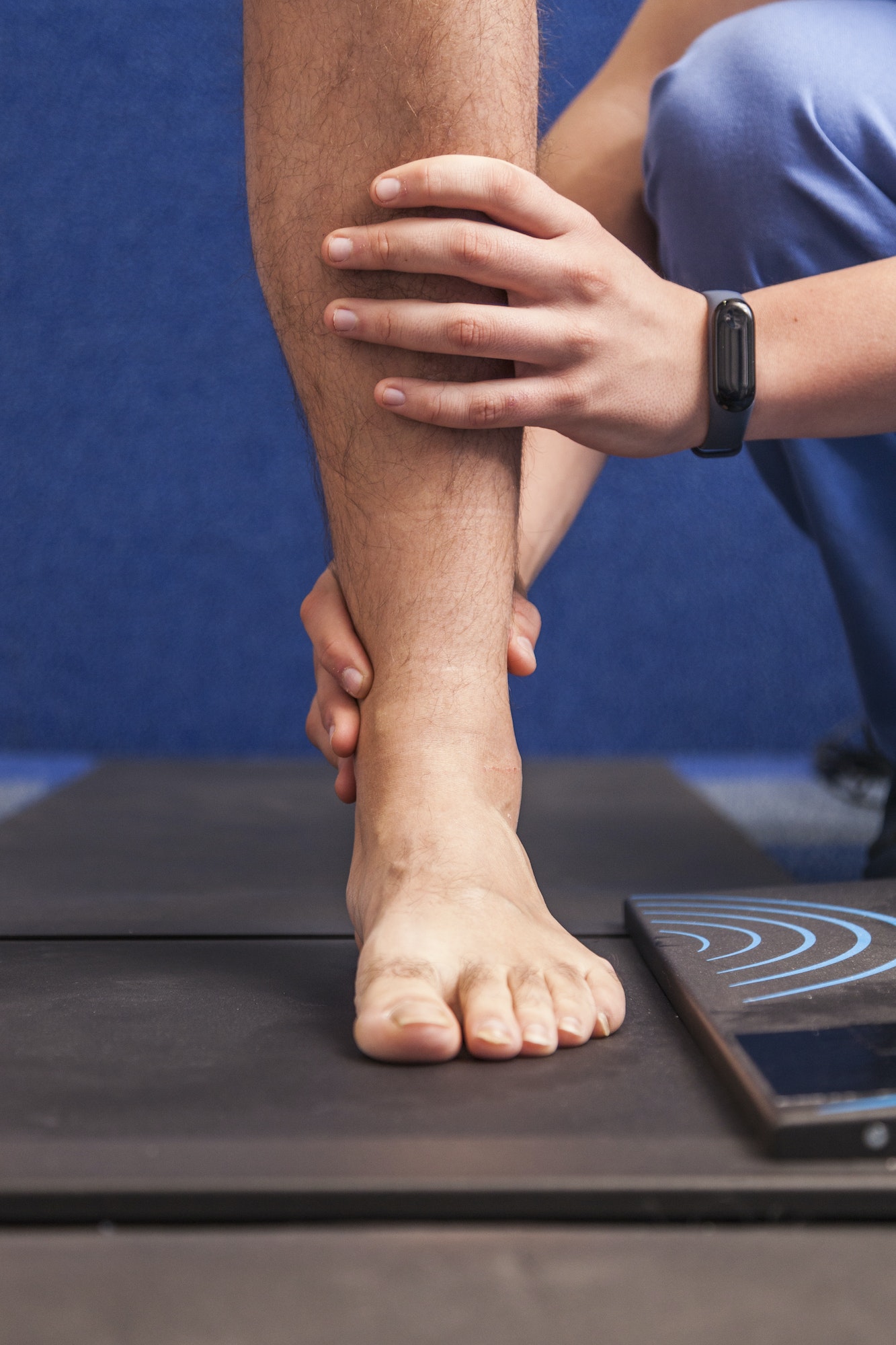Table of Contents
Six Shoes That Are Terrible for Your Feet
When it comes to footwear, the choices you make can have a major impact on the long-term health of your feet. While some styles, like high heels, are obvious bad choices—they throw you off balance, pinch your toes and can contribute to problems like bunions—other types of shoes may come as a surprise when you learn about the damage they may cause. So, let us offer you fair warning that this list may cause you to feel a little less love for some formerly favorite kicks. And with that in mind, here’s a list of the most surprisingly-bad-for-your-feet shoe styles hiding in your closet:
1. Converse sneakers
Sneakers are supposed to be safe footwear bets, but this old classic shoe has a high foot-pain rating (they can cause heel pain, stress fractures and tendinitis) thanks to their flat, stiff soles. Want to wear them without the awful side effects? Give your foot some actual support by slipping in an insert that can mold to your feet (or, for added bonuses, a custom orthotic!)
2. Shoes that don’t fit
Whether too small or too big, any shoe that doesn’t fit well will put more pressure on your joints, especiall the ones where your toes meet your feet. Over time, this wears down cartilage to the point where bone meets bone, putting you at risk for arthritis of the feet. Even in short bursts of wearing, your toes and joints may become stiff, swollen and inflamed from wearing poorly fit shoes.
3. Uggs
Wearing Uggs (or other sheepskin-lined boots) creates a warm humid environment that is just perfect for the development of foot fungus. This is especially true because many people slip their feet into these boots without wearing any socks! And, in addition to the boots’ foot fungus problem, they aren’t great for lots of walking, even though we know you’re planning to live in them this winter. That’s because of their hard, flat soles (see the blurb about Converse shoes above.)
4. Rain boots
Since rain boots are made of thick rubber that doesn’t breathe well, combining them with wetness from the rain and other elements can lead to fungus and warts. Also, this type of boot is not known for being well-fitted, meaning they’re more likely to rub and leave blisters if you walk in them for extended periods of time. Not to mention the fact that rainboots tend to alter your gait, causing you to stomp and clench your feet to keep them from slipping off. This can leave your feet feeling sore and tired after an outing in the inclement weather.
5. Flip flops
Now that we’re in the thick of winter, the thought of flip flops may seem like a dream, but here’s the thing: these flat sandals provide no support. And as we’ve learned from the previous shoe offenders, lack of support can lead to heel pain, Achilles tendinitis and, in severe cases, bone spurs. Bone spurs are simply bony outgrowths, typically that develop on your heel or toes, but they can be painful, especially if they cause rubbing with your other shoes. Bone spurs on the heels can sometimes start to develop as a result of pulling from your tendons, which is why untreated plantar fasciitis is often accompanied by bone spurs. And, if all these concerns aren’t enough to scare you off of flip flops, here’s one more warning: flip flop thongs leave your toes struggling to grip your shoe into place. Over time, this can change the natural shape of your toes, potentially leaving digits crooked or crossed (hammertoes).
6. Ballet flats
Ballet flats are basically flip flops without the thing (and without the exposure to the elements.) They provide no arch support, and their thin soles offer no shock absorption for your feet while you walk. They may look cute, but they should definitely not replace your regular walking shoes!

Meet Weil Foot & Ankle Institute
Weil Foot & Ankle Institute was founded in 1965, by Dr. Lowell Weil Sr, who was inspired by a need to progress the Foot & Ankle Care category into the future through innovation. As one of the first Doctors of Podiatric Medicine (DPM), Dr. Weil…
By: Weil Foot & Ankle Institute, Published: Jan 4th, 20192
Review By: Gregory Amarantos DPM – Jan 19th, 2023


